View from the front lines: Lives impacted by coronavirus
CBS News spent seven days at the Montefiore Medical Center in the Bronx section of New York City, from April 16-22. It was the height of the coronavirus pandemic in one of the hardest-hit communities in the nation. Watch the CBS News special, “Bravery and Hope: 7 Days on the Front Line” Friday, May 15, at 9 p.m. ET/PT on CBS, re-airing Saturday and Sunday at 10 p.m. ET on CBSN.
By mid-April, the coronavirus had killed more people in New York than anywhere else, and of the city’s five boroughs, the Bronx was the hardest hit. Very few journalists had spent time in hospitals on the front lines, and I had just signed up for seven days and nights inside a COVID-stricken hospital to document what the health care workers on the front lines were experiencing.
I was not just making a decision about putting my own health at risk. I was making a decision for my wife and two young children, too. My wife and I talked it through. A lot. And she saw it clearly: “This is your job. To go and tell their stories, accepting the risk just like they do.”
“Bodies keep piling up”
Before dawn on Day 2, I drove out to Fort Totten in Queens where EMS crews of the New York City Fire Department assemble first thing in the morning, preparing to fan out across the city and respond to emergency calls. That’s where I met Chris Feliciano, a paramedic who had recovered from coronavirus himself and was now back to work.
“This is worse than 9/11,” Feliciano told me. “I say that because 9/11 was just one day and unfortunately over 3,000 people died in that one day but we’re seeing numbers well above that and this is continuous. This is not just one day, this is daily and the bodies keep piling up.”
The calls never stopped. Within 10 minutes of treating one patient the ambulance lights would flash, the siren would blare, and we would be racing again through the streets of the Bronx.
Shortness of breath was the most common symptom from patients. They were scared and said as much. And they faced a grim reality: going to the hospital could be more dangerous than trying to recover at home.
“Because the hospitals are so overwhelmed, it’s a mass casualty incident at the moment with the city,” Feliciano said. “We would generally get cardiac arrests about once or twice a week. But now it’s just happening at all hours of the day.”
At a small row house later that morning, we arrived too late for the elderly man inside. He was pronounced “D.O.A.”—dead on arrival.
The volume of calls forced FDNY to put a new protocol in place. “We will try for 20 minutes to resuscitate a patient,” Feliciano said. “If there’s no response to our interventions, we would have to pronounce on scene.”
“Like a buffalo on my chest”
Overwhelmed with patients, Montefiore Medical Center, the largest hospital in the Bronx, transformed a giant meeting hall into a COVID-19 ward. The moment I walked in for the first time, a young doctor said to me, “There’s a 22-year-old ambulance worker here, you should talk with him.”
In one of the dozens of makeshift rooms, I pulled back the curtain and found Cristian Camas. He lay on his hospital bed, working hard to breathe. A rosary hung on the bedside railing. Sweat beaded down his forehead. “It was like a buffalo was on my chest,” he kept saying, describing how the disease had overcome him. Telling his story, he echoed a haunting refrain he repeated again and again: “I didn’t think I was going to make it.”
Camas worked for a private ambulance company and likely contracted the virus while helping to save the lives of others.
We FaceTimed with Cristian’s father who lived in the South Bronx. Despite everything that was happening, he invited me to their home.
Cristian’s mother explained that an uncle had recently died. Cristian’s 13-year-old brother Erik was worried about the rest of the family.
“There was a moment here where I was by myself, because my mom, she started feeling sick, too,” said Erik, Cristian’s 13-year-old brother. “I imagine myself without any of them, and I knew that I couldn’t do anything without them. It was horrible.”
Before a table bearing a bible and a candle, Erik led the family in prayer, asking God for Cristian to come home safely.
Three days later, his prayers were answered. Cristian was one of the 314 patients discharged from the hospital over the week we were there.
One more night shift
The last night of shooting was a Wednesday near the end of April. It was chilly and clear out. I went into the hospital to follow Dr. Michelle Gong, chief of critical care, for one more night shift.
I geared up—full-body Tyvek suit, surgical gloves, N95 covered with a surgical mask, full-face plastic shield—and it took less than 10 minutes for a “code” to come. It was an urgent call for rapid response to a patient in distress.
A team of doctors swarmed a crashing patient, more human bodies in a single patient’s room than I imagined was possible. Nurses scrambled for supplies, wrappers and plastic gloves flipped into the air, left scattered on the hospital floor like emergency detritus. I sweat through my PPE as I shot video of Dr. Gong as she climbed onto the bed so she could push down on the patient’s chest, a procedure to determine if his body could handle being turned over. They got the patient to the ICU.
What fear looks like
In the week we spent at the hospital, COVID took the lives of 70 people.
For seven days, I’d been pointing a camera at countless medical professionals as they raced to save lives, strained to protect themselves from the virus. As they laughed and celebrated small victories, as they broke down and wept over endless death that had overwhelmed their lives.
What I didn’t know was that, for just a moment, a colleague snapped a photo of me at work. In all my time at Montefiore, I never thought I felt afraid.
Then I saw the image. It’s undeniable what filled my eyes: a new kind of fear.
Andrew Bast spent six seasons with 60 Minutes and is now a producer for the CBS News Investigative Unit.
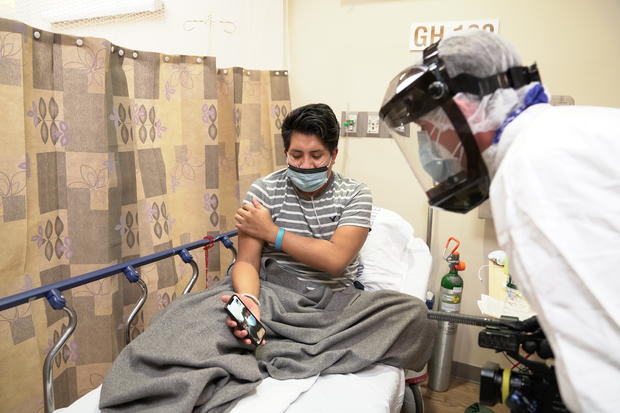
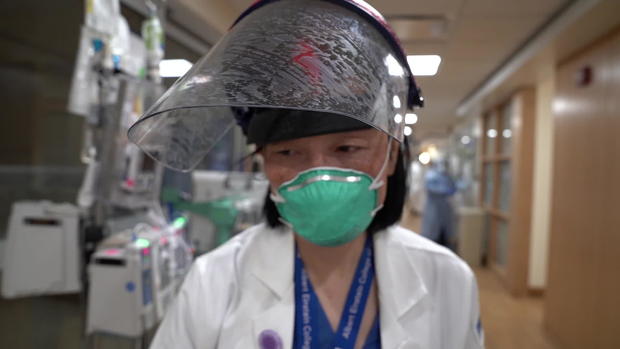
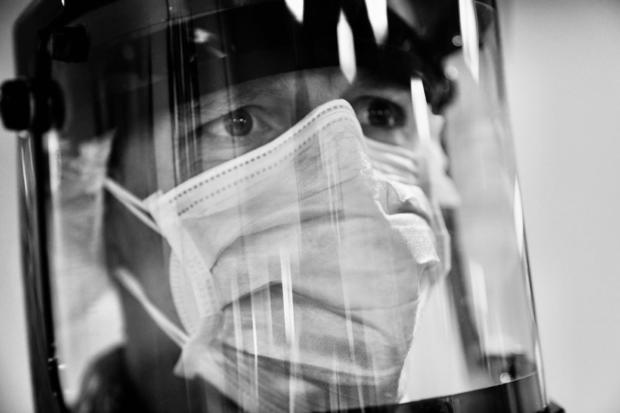

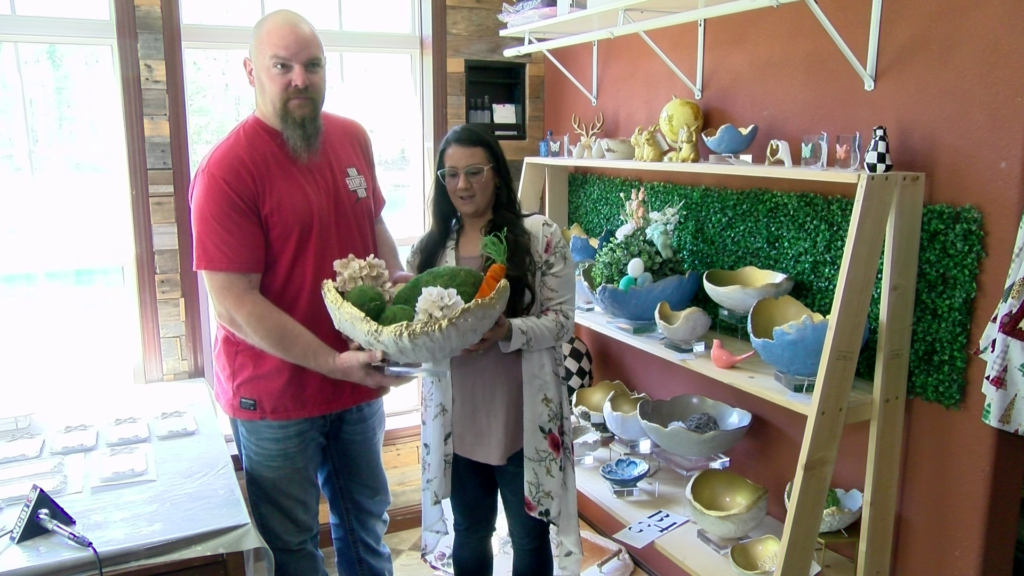
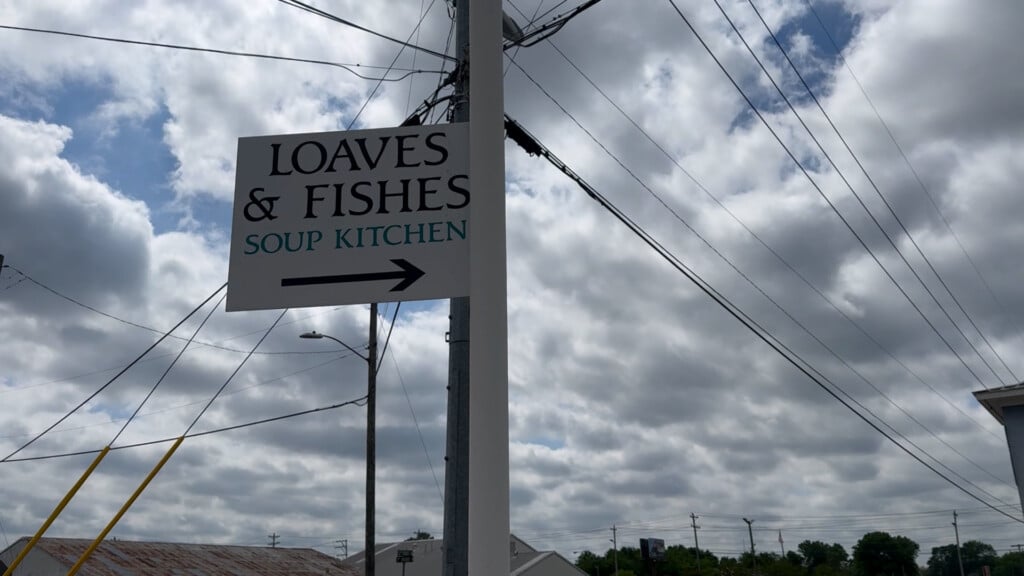
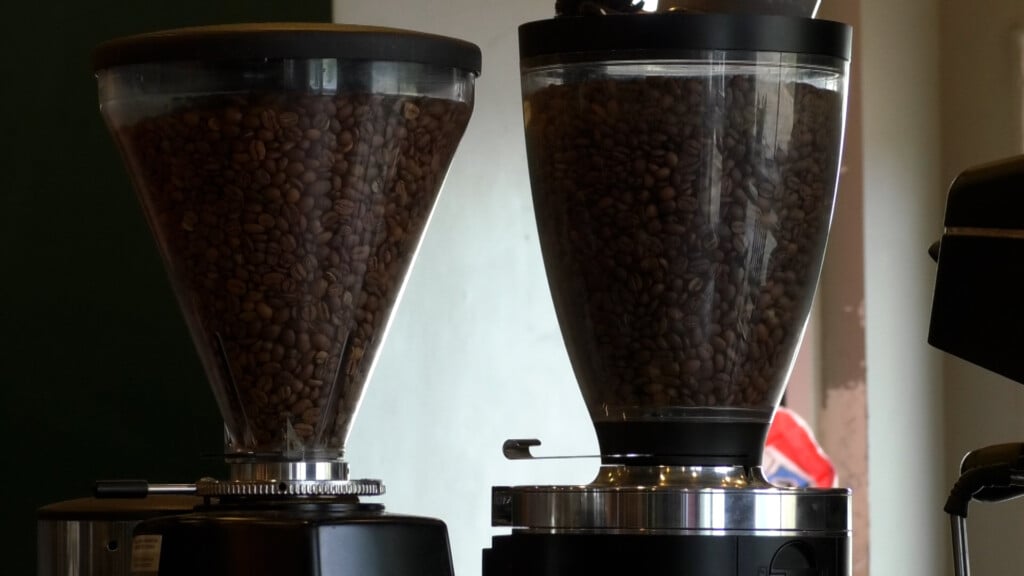
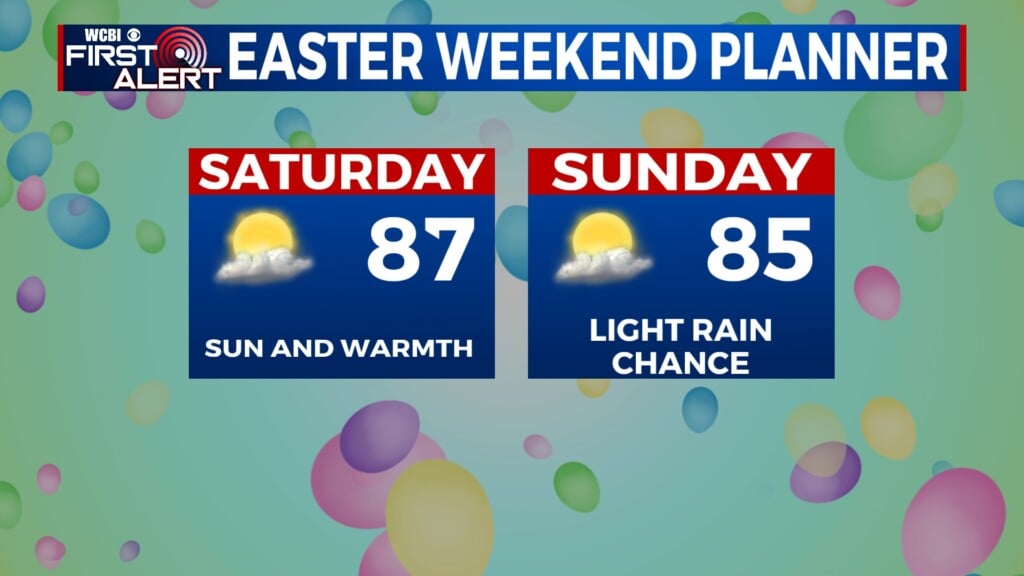
Leave a Reply